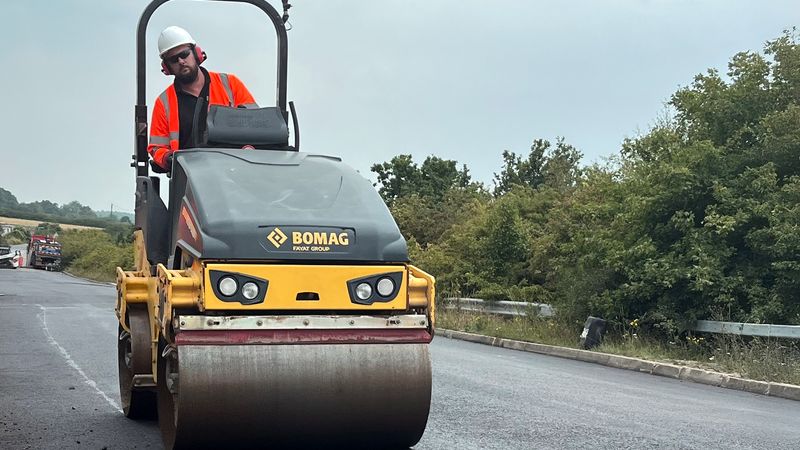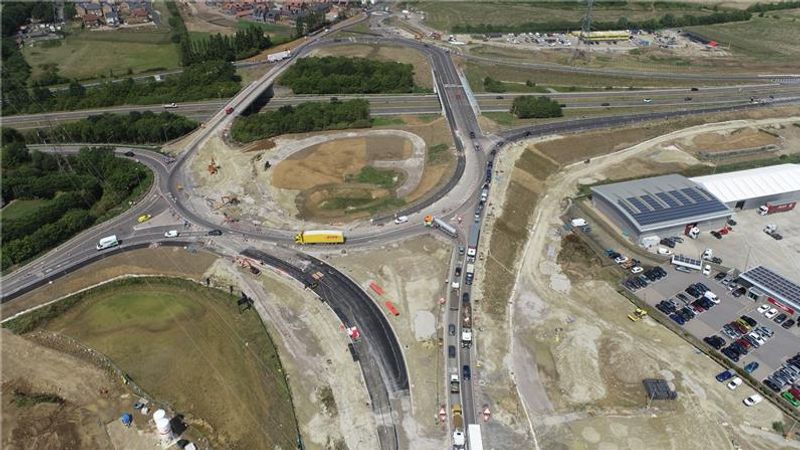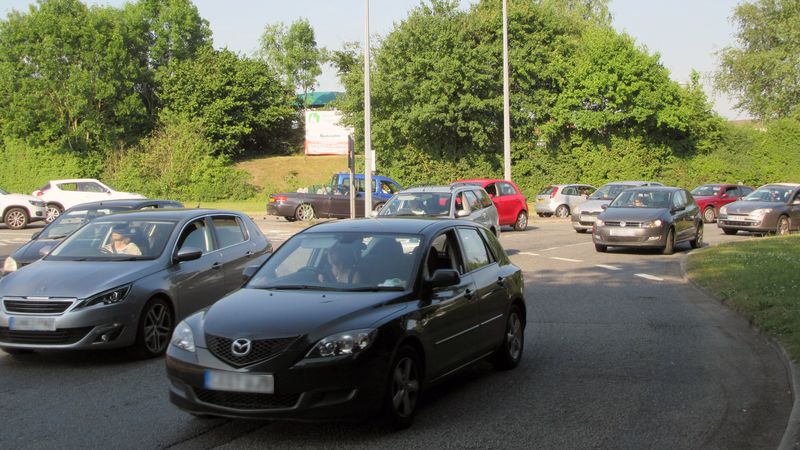With the largest investment in Kent’s roads in recent years already underway (£67 million in government and council funding), Kent County Council (KCC) is reforming its approach to road maintenance –putting its money where its potholes are and prioritising the roads that matter most to residents.
Yesterday in Thornden Wood Road in Herne Bay, KCC’s highways crews gave a glimpse into the work behind the scenes, and on the ground, that’s driving a new kind of road maintenance programme.
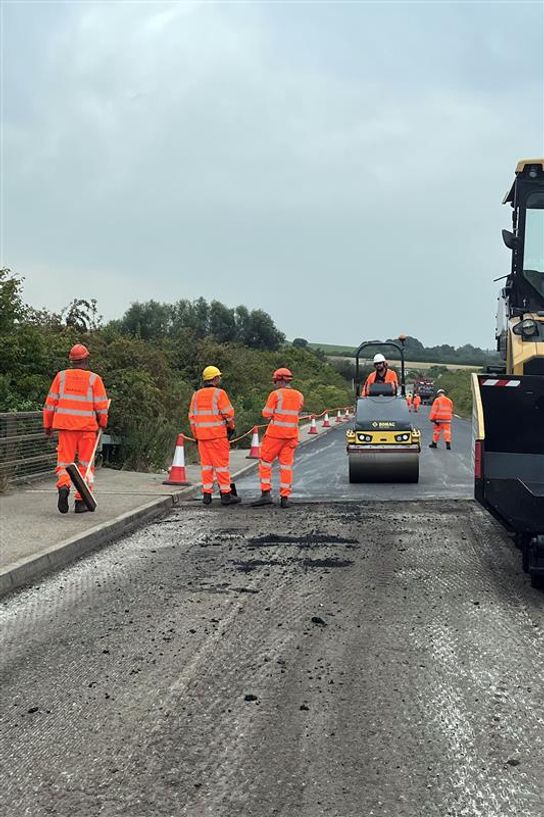
Crews gave a glimpse into the work behind the scenes, and on the ground, that’s driving a new kind of road maintenance programme.
This road wasn’t chosen at random. It was selected by our local highways team in Canterbury after they reviewed reports from the public and assessed the condition of the surface, which had deteriorated significantly in recent months following years of reactive, emergency fixes.
KCC’s priority with this new investment is to put a greater proportion of the money available towards larger areas of patching and surfacing to reduce the number of potholes forming in the future.
The decision reflects KCC’s new ‘local-first’ approach, which gives local highways teams the power to act on the issues that matter most to their communities.
Each year, crews complete more than 600,000 inspections by foot or vehicle, whether this be routinely or reported by the public. They’re looking for safety issues that may lead to injury or damage which is how they decide which roads to prioritise.

“People want to see a difference on the roads they use every day, and that’s what our crews are here to deliver.”
“We’re not just filling holes, we’re fixing frustrations,” explained Peter Osborne, Cabinet Member for Highways and Transport. “People want to see a difference on the roads they use every day, and that’s what our crews are here to deliver.”
From Sevenoaks to Sandgate, KCC is making decisions about the roads it prioritises based on safety, need, traffic volume and, importantly, input from residents and local communities.
The strategy includes smarter scheduling of works, which means planning the repairs in a way that reduces disruption to the public and improves efficiency. Emergency potholes can be fixed quickly, but larger patching and resurfacing jobs, like the one on Thornden Wood Road, are carefully coordinated, often weeks in advance, to secure permits and manage traffic.
By grouping repairs in the same area, and using data from public reports, crews can complete more work in fewer visits, saving time and resources, and knowing they are improving their local area.
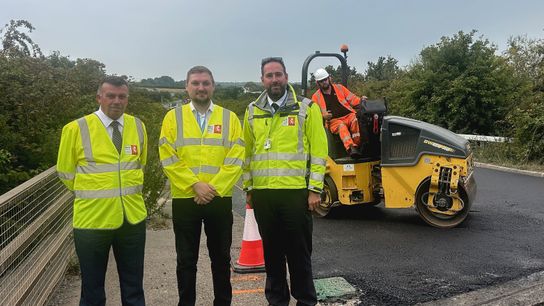
Peter Osborne, Spencer Dixon and Kevin on Thornden Wood Road in Herne Bay for resurfacing.
Kevin, the local Highways Manager for Canterbury, added: “Each district’s Highways Manager has been allocated funding so that we can respond to local issues that are important to our residents and give us the power to focus on improving our own patch.
‘We know the roads in our areas well, and we are in touch directly with our residents and know what’s important to them. We care about getting things right and making a positive difference.
'For this specific road, we knew it was a problem for residents after we received more than 30 customer enquiries in the past 12 months. The road had deteriorated to such an extent that small scale patching was not an option. So, we took the view, with our Highway Asset Management & Inspections Team, that the best and most economical option was to resurface the road."
KCC’s new approach is about long-term change. The council continues to call on Government to support a fairer, more sustainable funding model for road maintenance, one that allows for planning and prevention rather than just emergency fixes.
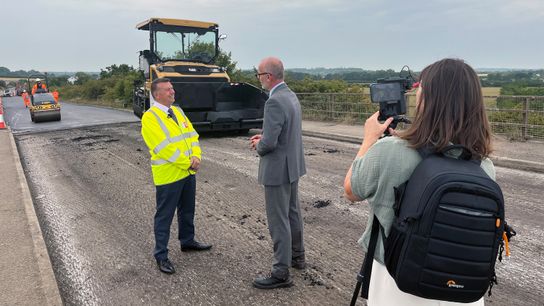
Peter Osborne, Cabinet Member for Highways and Transport, talks to the media about the new road maintenance programme.
Peter added: “We’ve already repaired more than 12,000 potholes this year, but this isn’t just about numbers, it’s about trust. People want to know their concerns are being heard and acted on.
‘While the total amount of funding for highways was agreed before the new administration took office, what matters to residents is how that money is being used.
‘We’ve made deliberate decisions to allocate funding that supports the knowledge and expertise of highways crews who know their patches better than anyone in the council. We are empowering them to use their knowledge to get repairs done faster and more effectively.
“This is the biggest investment in roads KCC has made in years, but it’s also a shift in mindset. We’re not just patching up problems - we’re building a better future for Kent’s roads.”
Support the campaign
Residents can follow progress via KCC’s social media channels (Facebook and X) which shares updates, photos, and stories from across the county.
To report issues on the road, and help crews to prioritise and respond effectively, visit: Potholes - Kent County Council
